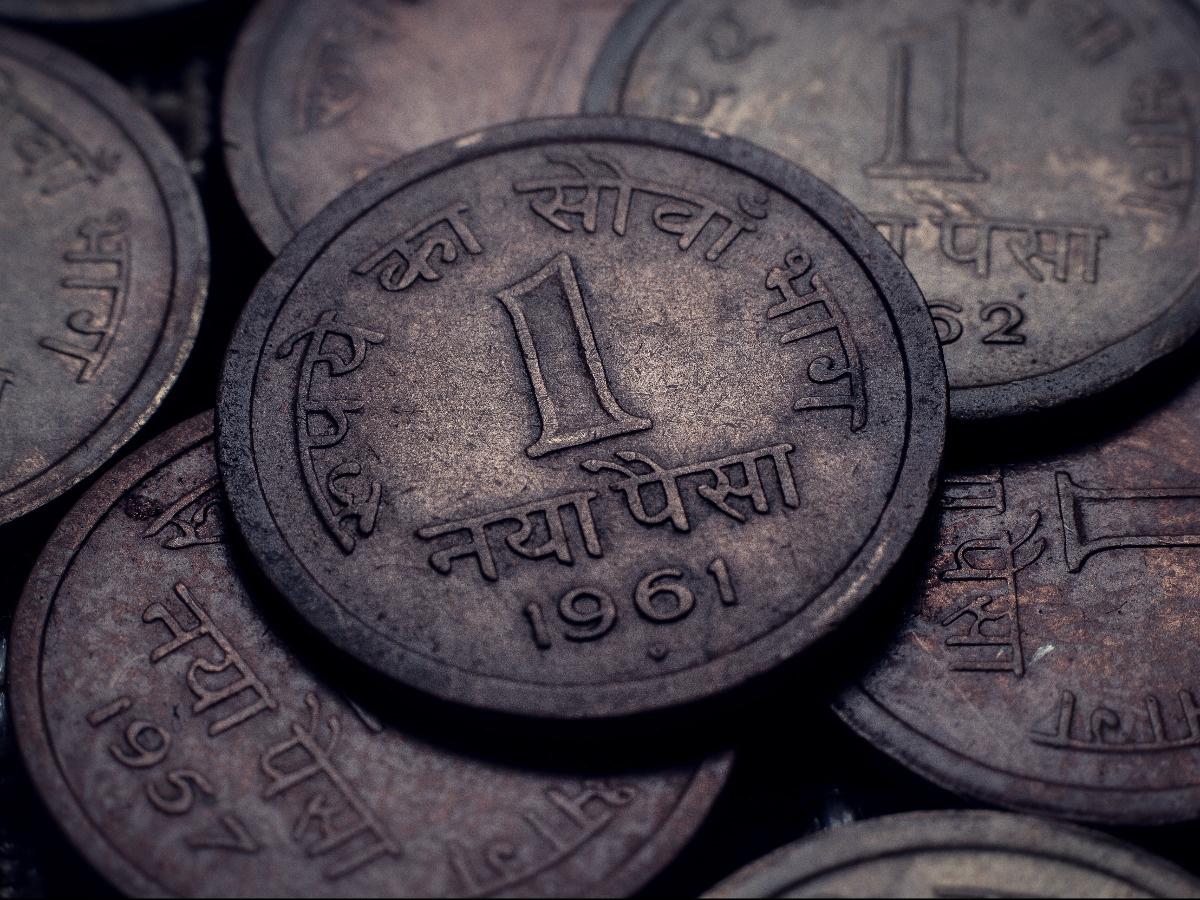The first issue of the rupee was made in 1911 when King-Emperor George V became King. At the time, the rupee was divided into 16 annas and 16 pice, but due to poor engraving, it appeared as a pig. The image caused an uproar among the Muslim population, and the rupee had to be redesigned. The Indian rupee’s evolution began.
The first coin to be made in India was struck in 1857. The rupee was decimalized into one naye, or one hundred annas. The currency was issued by the British in the aftermath of the Partition of India and was named the Rupee after King William IV, a British emperor. The coin’s design was later replaced by a portrait of Queen Victoria. After the Indian Rebellion in 1857, the British declared the rupee as the official currency of colonial India.
The first coin to be issued in India was the one-rupee note. The modern rupee, however, returned to the image of the original coin in a much more attractive way. The first banknote was produced in India, a one-rupee note. A year later, the Indian rupee had its first printed banknote, which was a ten-rupee bill.
The Indian Rupee symbol was introduced in the year 2010 after a public competition. The Latin letter ‘R’ was chosen as the rupee symbol. In the same year, a shortage of coins caused shopkeepers in Kolkata to pay more than the face value. This was attributed to smuggling of razor blades, ornaments, and pen nibs.
The Indian currency began as a combination of silver and gold. In 1526, the British East India Company tried to bring the Sterling Pound to India. This failed and the rupee was then introduced by the Mughal Empire. The silver coin was eventually broken down into 40 copper pieces. After the Mughal Empire, the silver coin remained in use for the rest of the Mughal period.
The first coin in the history of the Indian rupee was issued in the sixth century BCE. The ancient India was the first country to issue its own coins, and its currency was made by the Mahajanpadas. The first currency in the world was minted in the sixth century by Krutika Haraniya, who created a standard weight and then a coin with irregular shapes.
The Indian rupee was introduced to the world as a form of paper currency by the British in the 19th century. It was derived from the Sanskrit word ‘rupya’, which means’silver.’ It was a form of silver that was first used in ancient India. It was not until the 19th century that British India introduced paper money in India.
Posted By :- Escorts









